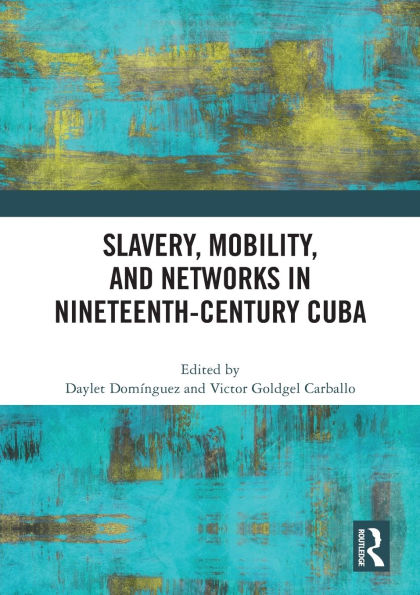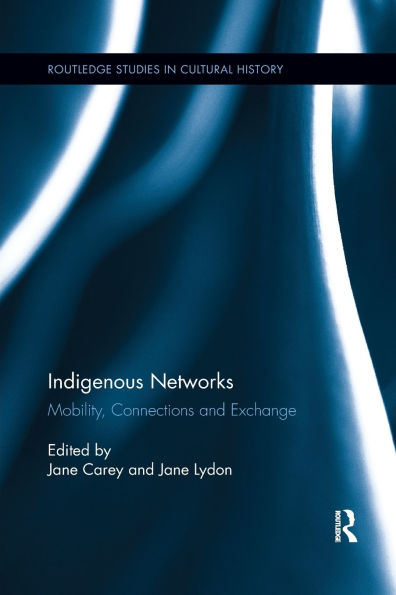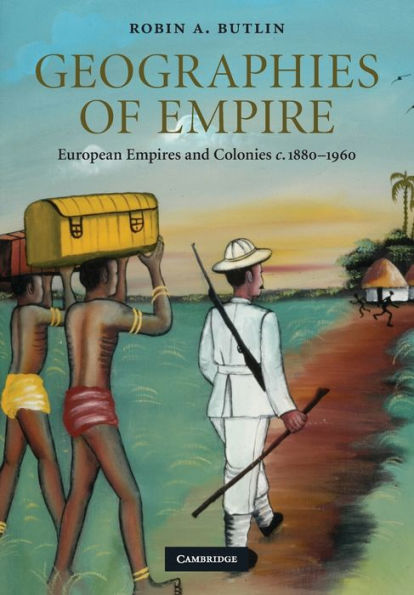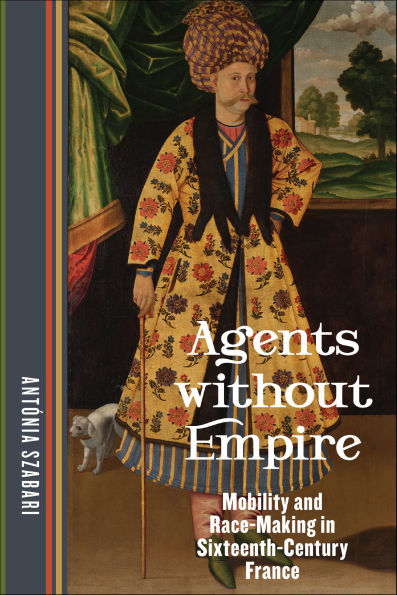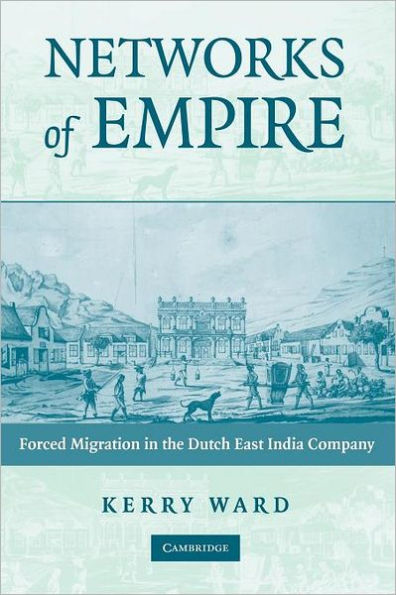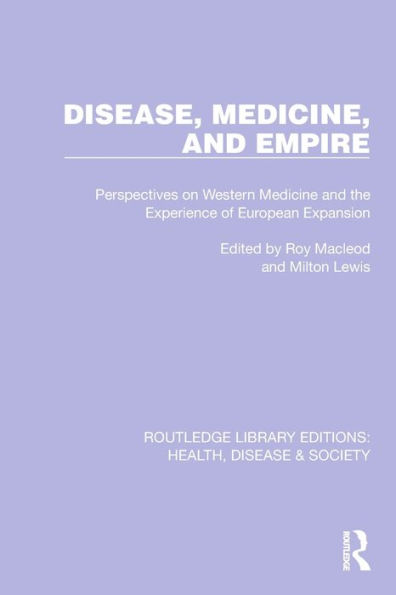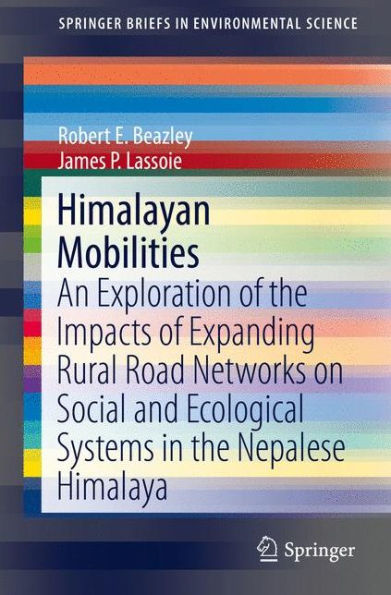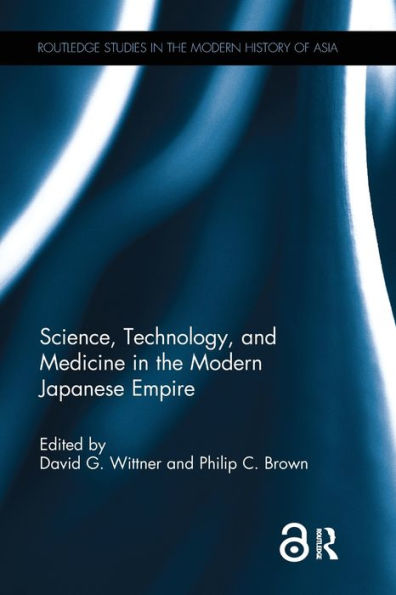Home
Medicine, mobility and the empire: Nyasaland networks, 1859-1960
Barnes and Noble
Medicine, mobility and the empire: Nyasaland networks, 1859-1960
Current price: $130.00
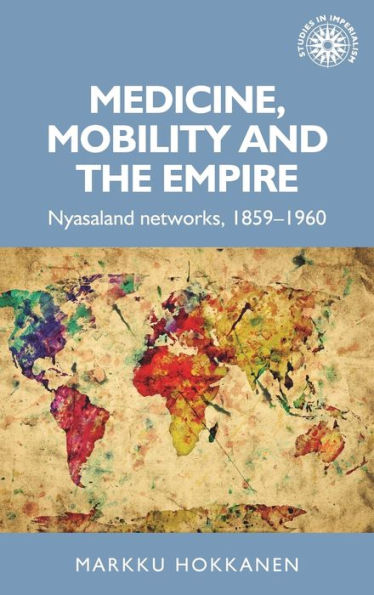

Barnes and Noble
Medicine, mobility and the empire: Nyasaland networks, 1859-1960
Current price: $130.00
Size: Hardcover
Loading Inventory...
*Product information may vary - to confirm product availability, pricing, shipping and return information please contact Barnes and Noble
David Livingstone’s Zambesi expedition marked the beginning of an ongoing series of medical exchanges between the British and Malawians. This book explores these entangled histories by placing medicine in the frameworks of mobilities and networks that extended across Southern Africa and beyond. It provides a new approach to the study of medicine and empire.
Drawing on a range of written and oral sources, the book argues that mobility was a crucial aspect of intertwined medical cultures that shared a search for therapy in changing conditions. Mobile individuals, ideas and materials played key roles in medical networks that involved both professionals and laypeople. These networks connected colonial medicine with Protestant Christianity and migrant labour.
The book will be of value to scholars and students of history and anthropology of colonialism and medicine, as well as a wider readership interested in the plural search for health in Africa and globally.
Drawing on a range of written and oral sources, the book argues that mobility was a crucial aspect of intertwined medical cultures that shared a search for therapy in changing conditions. Mobile individuals, ideas and materials played key roles in medical networks that involved both professionals and laypeople. These networks connected colonial medicine with Protestant Christianity and migrant labour.
The book will be of value to scholars and students of history and anthropology of colonialism and medicine, as well as a wider readership interested in the plural search for health in Africa and globally.

